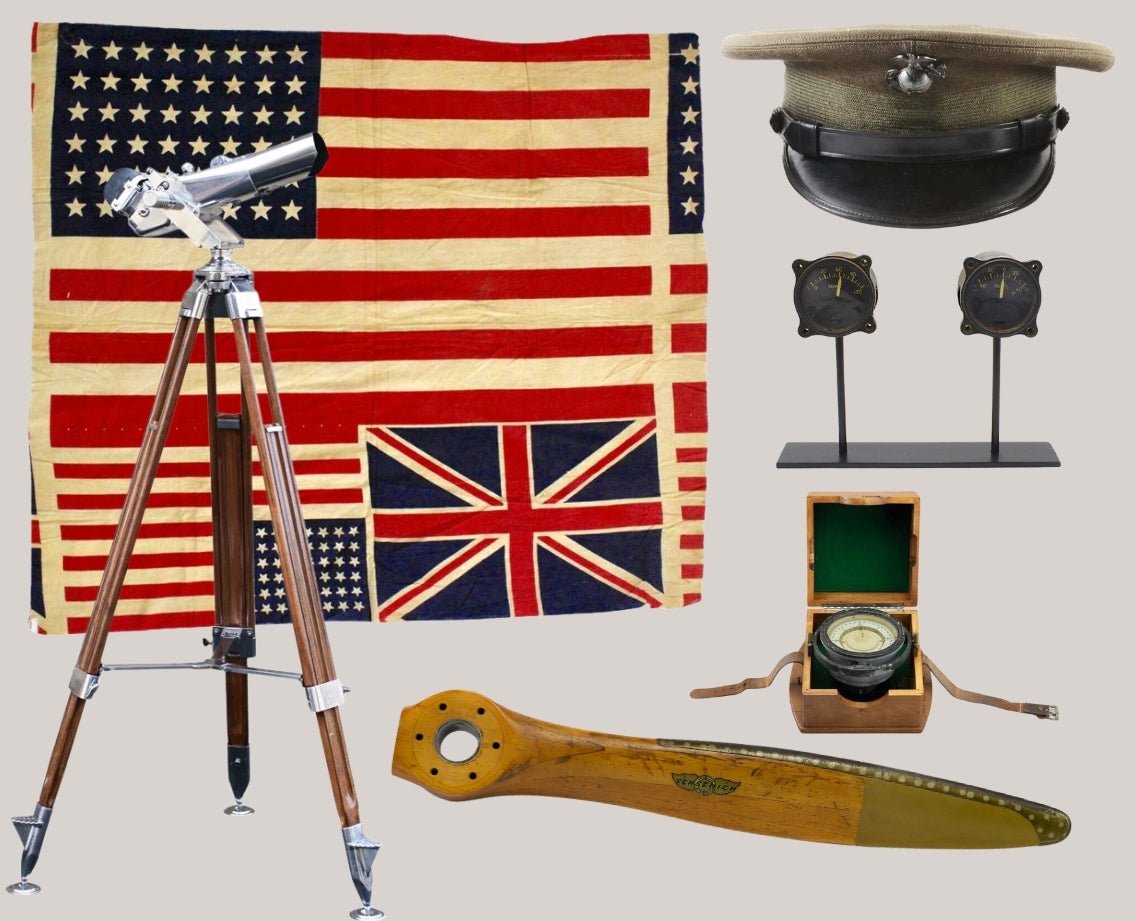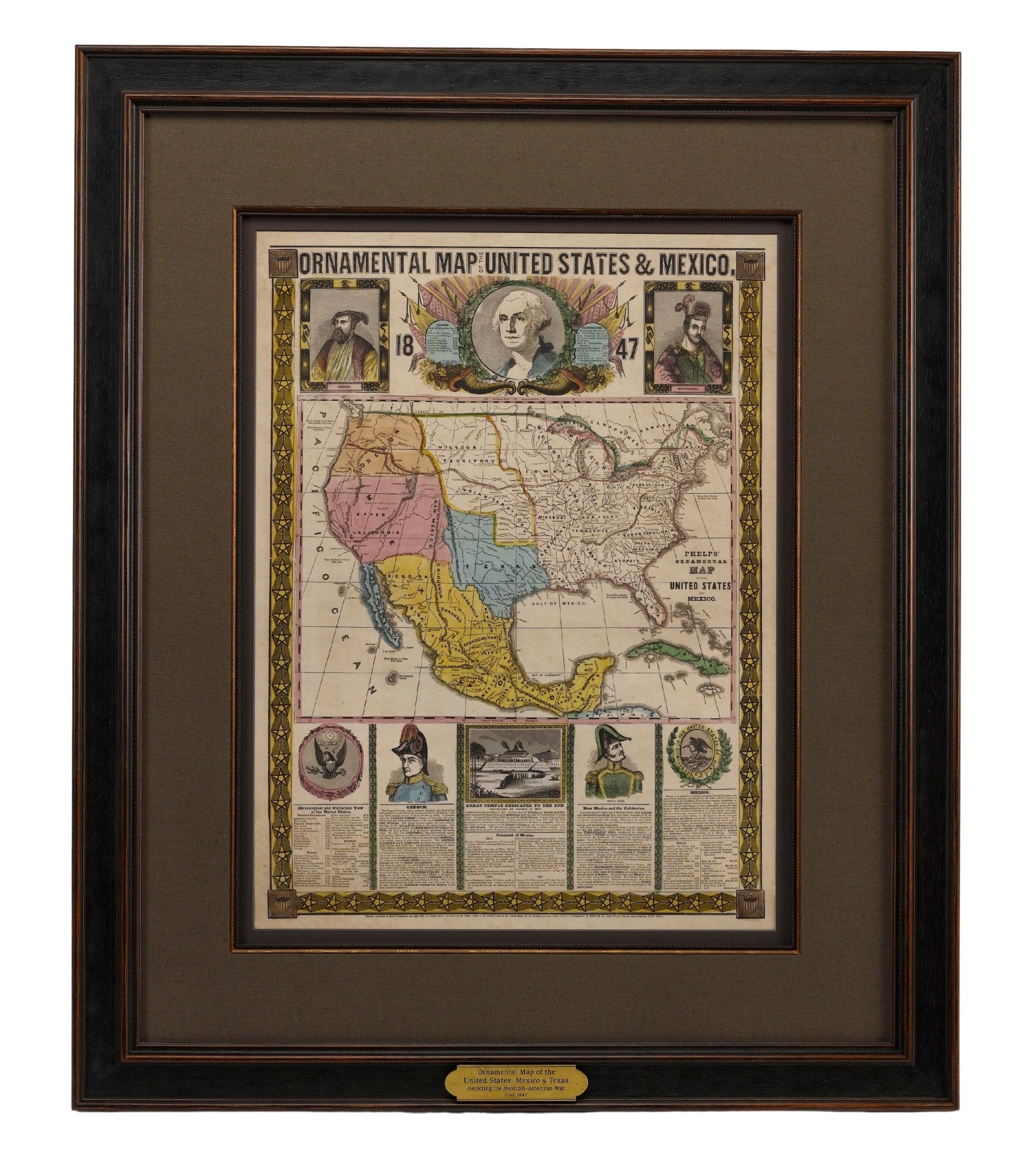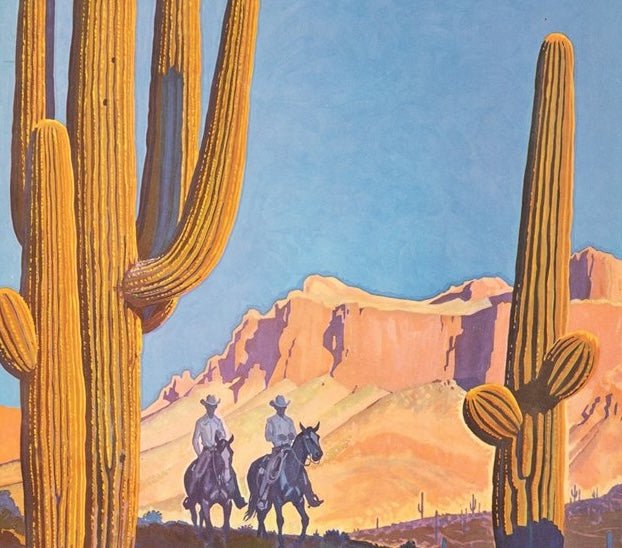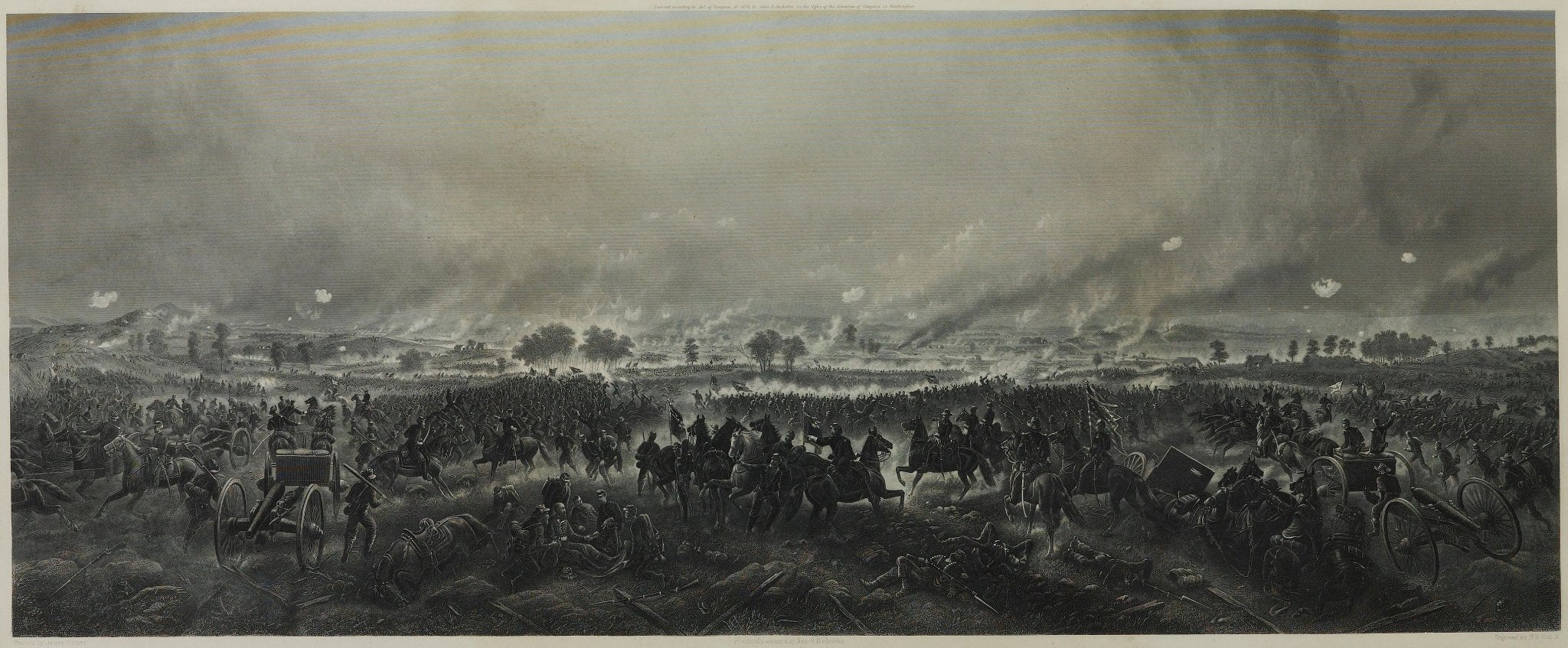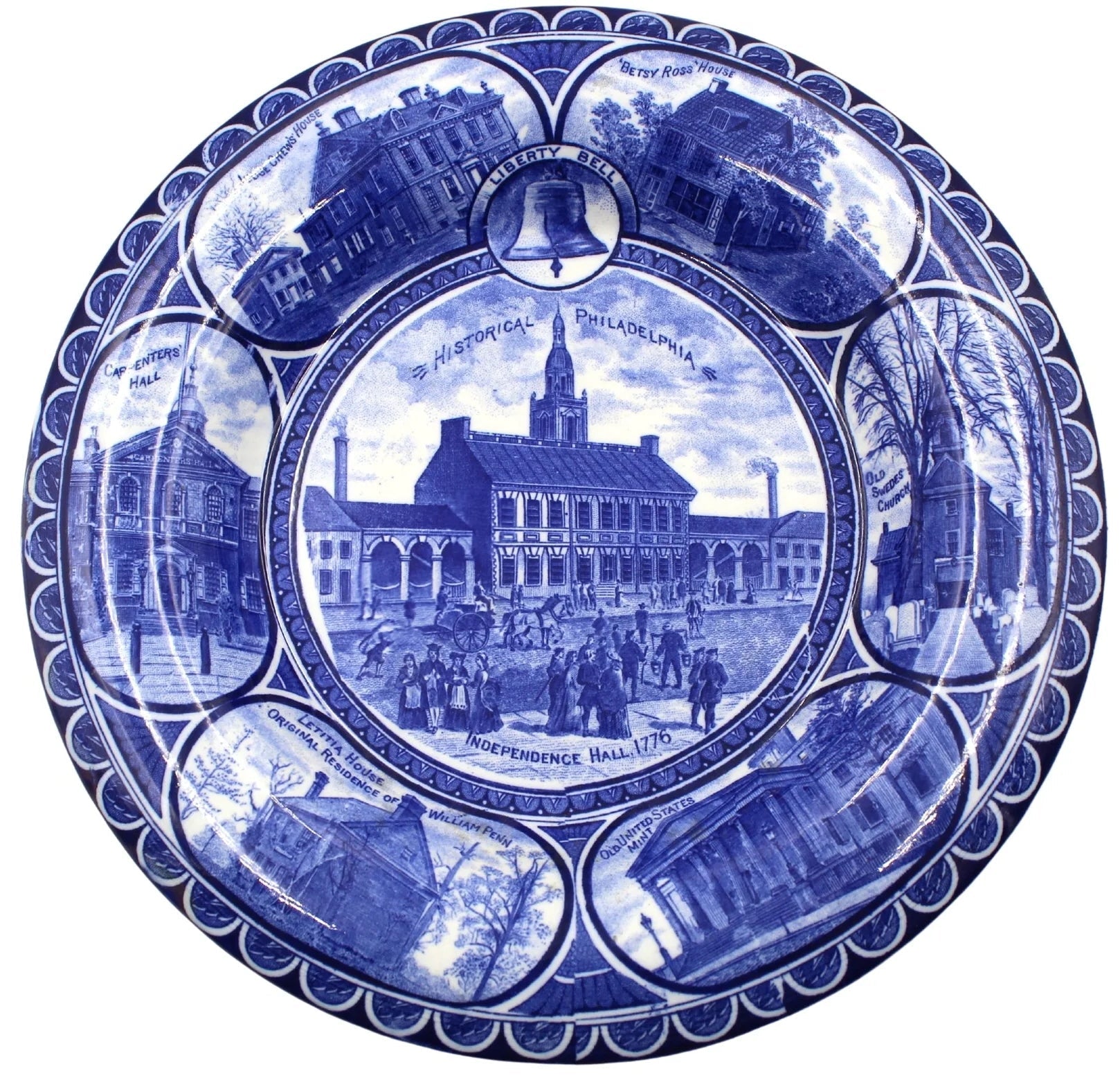Flying Across America: A History of American Airline Advertisements
Vintage airline posters present a fascinating glimpse into the Golden Age of Air Travel featuring eye catching illustrations of breathtaking destinations. Tracing back to the 1910s, airline travel advertisements at first highlighted the novelty of traveling by aircraft. Historian Geza Szurovy cites a 1914 poster for the St. Petersburg-Tampa Airboat Line as the first advertisement for public air travel, with bold statements emphasizing their “Fast Passenger and Express Service." Early advertisements leaned heavily into the novelty of the new transportation along with the safety of the mode of travel, as seen in many early Imperial Airways posters from the 1920s-1930s. The commercial flight industry expanded rapidly from 1930-1934, as the Smithsonian National Air and Space Museum states the number of commercial passengers grew from a meager 6,000 to nearly half a million in just four years.
Following World War II and the rapid advancement of aircraft, the focus in airline advertisements shifted towards the destinations people could travel to rather than the mode of travel itself. The 1950s and 1960s saw an explosion of accessible travel in newly-made jet engine aircraft touting luxurious experiences, enticing audiences with advertisements that encouraged their imagination. In 1955, more people traveled by plane than by train indicating a major shift in public preference. Ushering in a new era of “Jet-Setters,” the Boeing 707 was debuted by PanAm Airlines for a New York to Paris flight in 1958, setting a precedent for the Golden Age of Air Travel that was to follow.
We are fortunate enough to have two posters in our store from the 1950s featuring Delta and United Airlines, both showcasing a quintessential 1950s aesthetic. Pictured above, the Fort Worth Delta Airlines poster draws in the onlooker with its bold color palette and kitschy font. A cowboy smiles at his audience, extending his southern charm and encouraging whomever to take a trip to Texas. The United Airlines Colorado poster pictured below highlights the iconic Garden of the Gods landscape in a similar fashion, featuring the sweeping sights and vibrant surroundings of the Southwest. A sense of adventure is imminent upon viewing the vignettes, and this shift in advertising is indicative of the rapid commercialization of the airline and tourist industries.
Prior to 1978, the government regulated the fares and routes of commercial airlines, creating an industry-wide competition over the amenities and experiences offered to customers. Each airline advertised gourmet meals, excellent customer service, and occasionally entertainment aboard your flight. During the 1960s, airlines began hiring trendy designers for the stewardess uniforms as an attempt to garner attention; Braniff Airlines featured psychedelic Emilio Pucci patterns and Air France showcased Cristobal Balenciaga.
As the industry continued to grow, advertisements became bolder and more eye-catching to keep up with competitors. Seen above is a 1960s American Airlines poster centered around Independence Hall in Philadelphia, Pennsylvania. The poster itself is quite minimalist, however the semi-abstract rippling American flag and vibrant primary colors are very typical of that era. In addition, the American Airlines poster instills a sense of patriotism during an era that was reckoning with Post-WWII values in stride along with emerging anti-Vietnam War attitudes.
Rounding out the era is the 1970s United Airlines poster, featuring even more bold imagery paired with a very groovy-looking typeface. Designed by artist Thomas Hoyne, the scenery tempts the viewer to book their next fishing trip to Colorado (a sentiment we also agree with). The painterly illustration transports the audience beside the two men pictured fishing, immersing the viewer amongst the evergreen trees and rushing river.
All in all, the commercial airline travel posters throughout the Golden Age of Air Travel have continuously enticed those who have viewed them through the evolving aesthetics of the eras. We are lucky enough to have quite the selection from throughout the decades that display varying themes of patriotism and kitschy adventure, with many on display in our shop at the moment. Another fascinating glimpse into this era of ephemeral American is our collection of vintage railroad advertisements, presenting an equally interesting perspective of travel industry’s evolution throughout the years.
Works Cited:
Encyclopedia Brittanica. “History of Flight - the First Airlines.” Encyclopedia Britannica, www.britannica.com/technology/history-of-flight/The-first-airlines.
Geza Szurovy. Art of the Airways. Zenith Press, 29 Dec. 2009.
National Air and Space Museum. “Commercial Aviation at Mid-Century.” Airandspace.si.edu, Smithsonian Air and Space Museum, airandspace.si.edu/explore/stories/commercial-aviation-mid-century.
Rothman, Lily, and Liz Ronk. “See the Vintage Airline Posters That Helped Imaginations Take Flight.” TIME, 19 May 2017, time.com/4756321/vintage-airline-posters/. Accessed 31 Jan. 2024.






